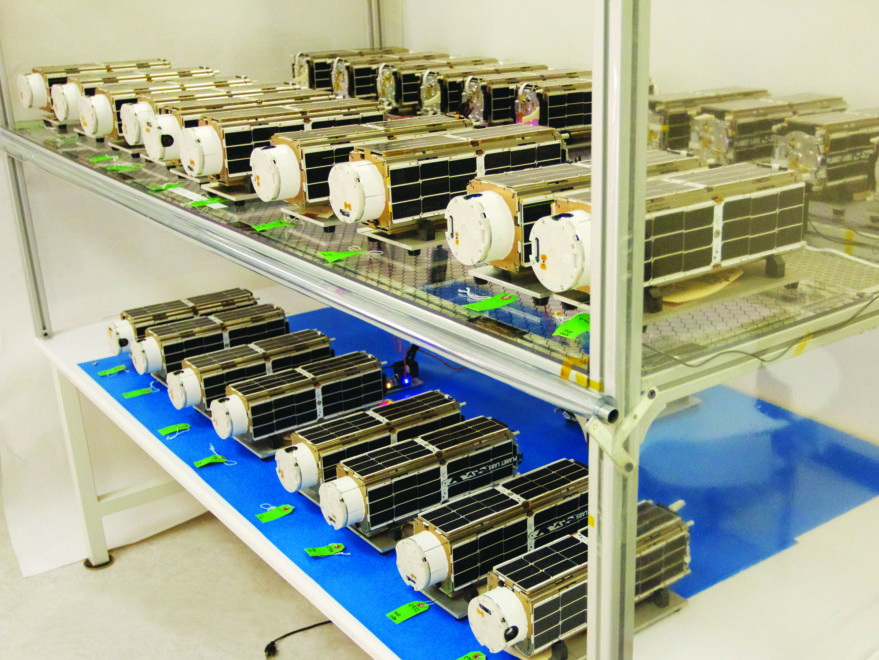Products You May Like
WASHINGTON — The percentage of small satellites that successfully complete their missions has improved in recent years even as the number of such satellites has dramatically increased.
The Aerospace Corporation study, presented at the 34th Annual Small Satellite Conference, found that 87% of smallsats launched between 2009 and 2018 that had completed their missions had done so successfully. An earlier study that looked at those launched between 2009 and 2013 found that 76% of smallsats, defined as those weighing no more than 500 kilograms, were successful.
That increased reliability reflects a growing maturity of the smallsat industry, according to the study. Since 2013 at least 85% of the smallsats launched each year that had completed their missions had done so successfully. The statistics exclude those satellites still in their prime mission and those lost in launch failures.
Larger smallsats tend to have higher reliability than smaller ones. The study found that 96% of smallsats weighing between 220 and 500 kilograms were successful, with the remainder considered partially successful, which it credits to a “lower risk posture” of developers of those larger, and likely more expensive, satellites.
Smallsats that do fail tend to do so early in their missions, a phenomenon known as “infant mortality” in engineering. “We’re seeing very similar infant mortality curves to those that you would see in larger satellites,” said Kara O’Donnell, the lead author of the study. “If you can make it through your first two months, you’ll likely make it through your entire design life.”
Failures of communications and power systems are the leading cause of smallsat failures, at least for those mission failures where a root cause can be identified. Nearly a quarter of smallsat failures has no known cause.
The increase in reliability comes as the number of smallsats launched has sharply increased. While the original study included 244 smallsats launched from 2009 through 2013, the subsequent five years saw 1,208 smallsats launched despite a dip in the middle of the decade caused by launch failures.
A major factor in that growth is Planet, the company that operates constellations of Earth imaging satellites. The company accounted for 369 satellites launched in the study, mostly three-unit Dove cubesats. However, the number of first-time developers of smallsats continued to grow from 2019 to 2018.
